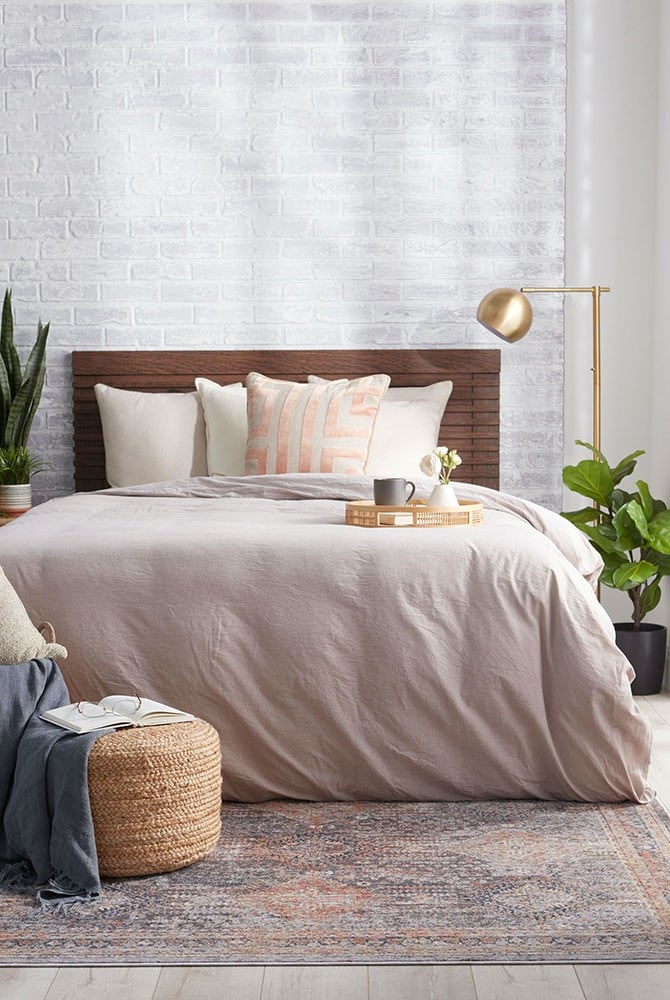This website uses cookies and similar technologies to enhance your experience, conduct analytics, and advertise to you or others. You may manage how we collect, use, and share your personal data by clicking “Preferences”. By clicking “Accept” or continuing to browse the website, you agree to the Terms of Use and Privacy Policy .
This website uses cookies and similar technologies to enhance your experience. Terms of Use and Privacy Policy .
If you haven’t upgraded your home’s lighting to Wi-Fi enabled controls via your smart phone or iPod you may be in need of additional controls to lessen your electricity load during times when you are out of the house for extended periods of time. Whether your vacations last two days or a month many people feel more secure knowing that a timer can reduce their energy costs while giving the perception to outsiders that the home is occupied.
Here are some ideas for what to use a timer for in your home and office:
For window air conditioners or larger heaters that require a 240 volt timer considerable energy savings can be capitalized on with just turning off the units for 4 hours. When the office or other space closes set the air conditioner or heater to turn off. Before the office opens have the unit turn on before so that it’s a comfortable temperature when you arrive. You may need to do a little fidgeting in order to get the temperatures and times down to meet your needs and the outside temperatures.
There are two types of plug-in timers: mechanical timers and digital timers.
Mechanical timers:
Digital plug-in timers:

Your discount code is on its way.
If you don't receive your promo code, please check your email junk or spam folder and click on "Not spam".
THANK YOU!
X

